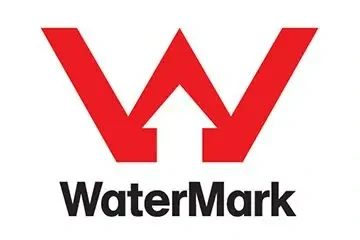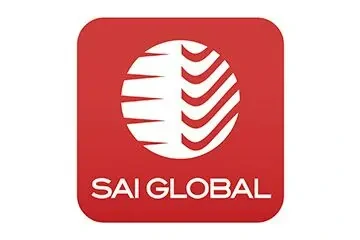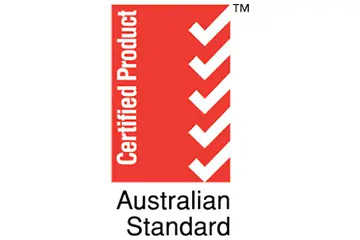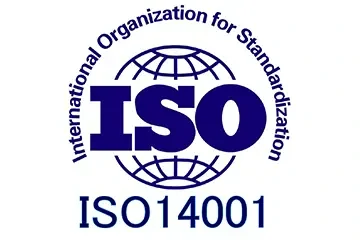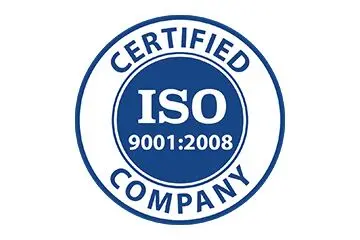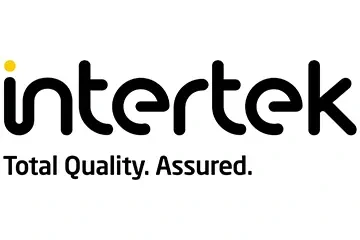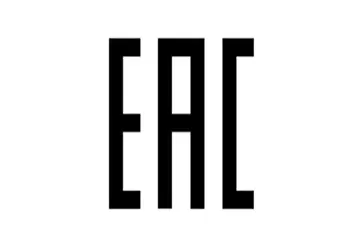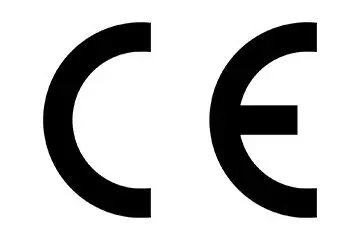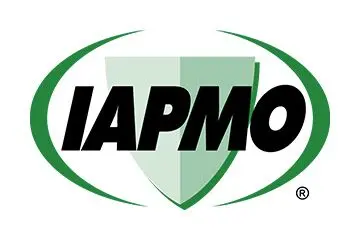Media
Home » Media
30 years of brand history
100+ agents worldwide
German process equipment
Ten series of one-stop procurement

What is a PVC Reducer 2″ to 1.5″ and How Do You Use It Correctly?
I once saw a plumbing project fail because a simple reducer was installed wrong. That moment taught me that even the smallest fitting needs proper
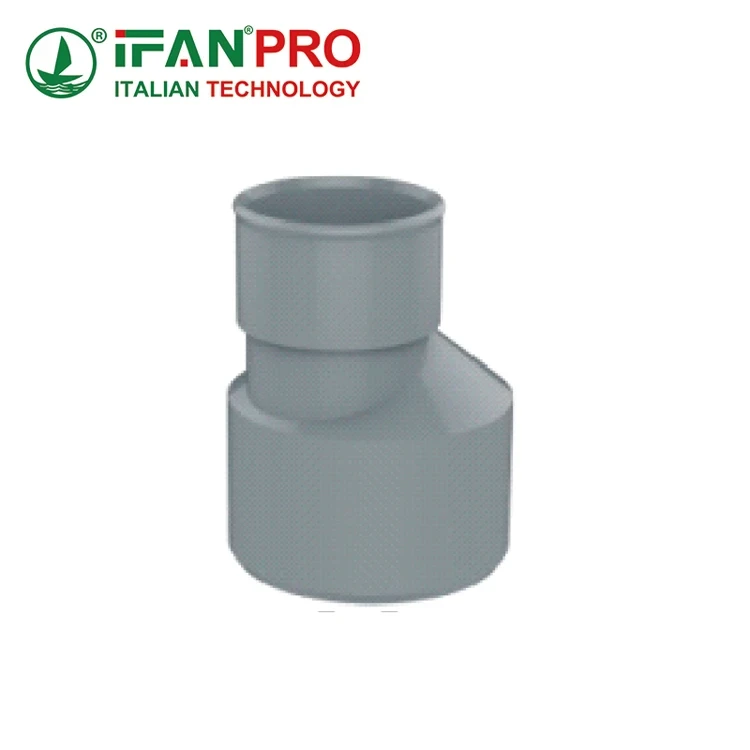
Where is a 2 Inch Female to 1.5 Inch Male Threaded Reducer PVC Used?
I once saw a plumbing project stall because the crew didn’t have the right size adapter. A simple 2″x1.5″ reducer could have saved them a

How to Seal PVC Pipe Threads?
I’ve seen too many projects delayed by leaks from poorly sealed PVC threads. A simple sealing mistake can cause major water damage and frustration. To
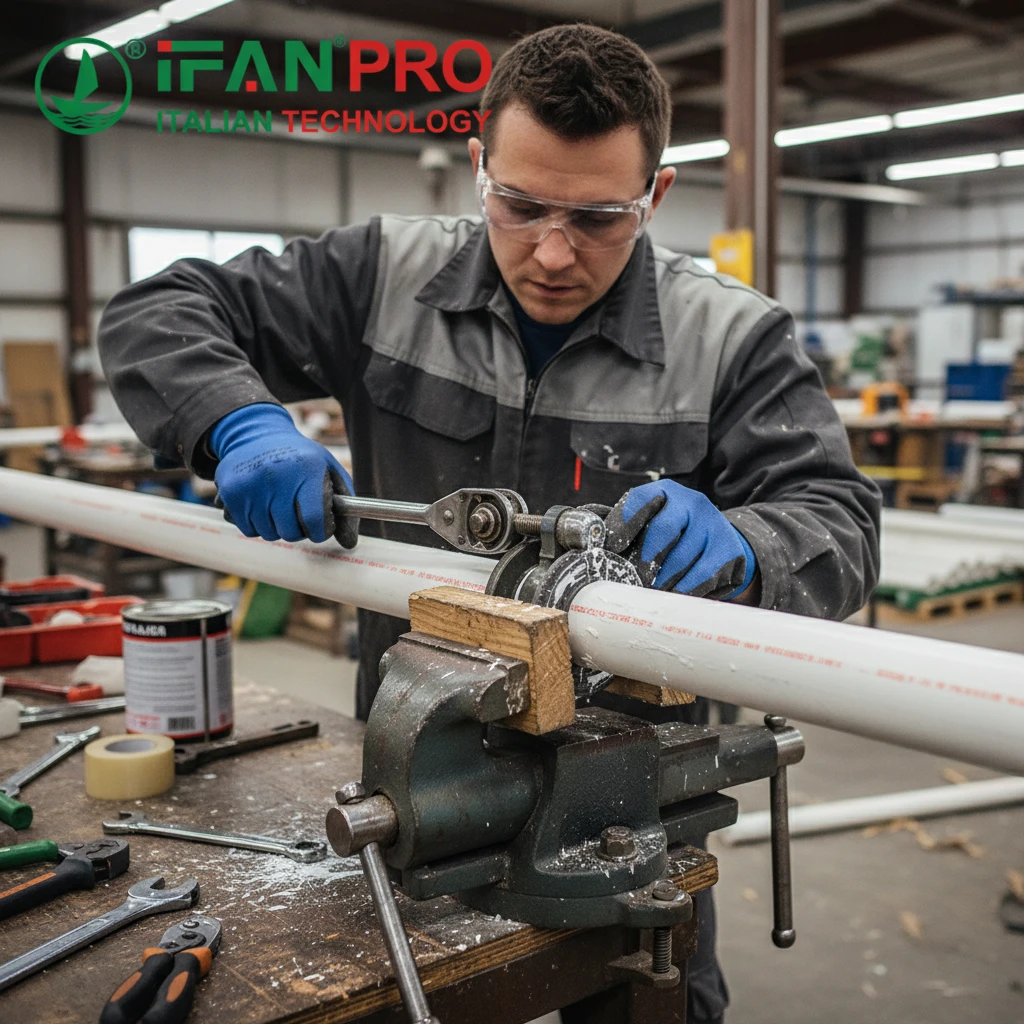
How Can Thread Cutting Be Done on a PVC Pipe?
I once saw a perfect plumbing project delayed because a DIYer cracked a costly PVC pipe while trying to cut threads. That moment taught me

How to Loosen Threaded PVC Pipe Fittings?
I’ve seen too many PVC pipes crack because someone forced a fitting the wrong way. Learning the safe method saves time, money, and a lot

What are the Benefits of Using an End Cap on a PVC Pipe?
On a construction site, I once saw a worker get a nasty cut from a rough, exposed pipe end. That moment proved to me that
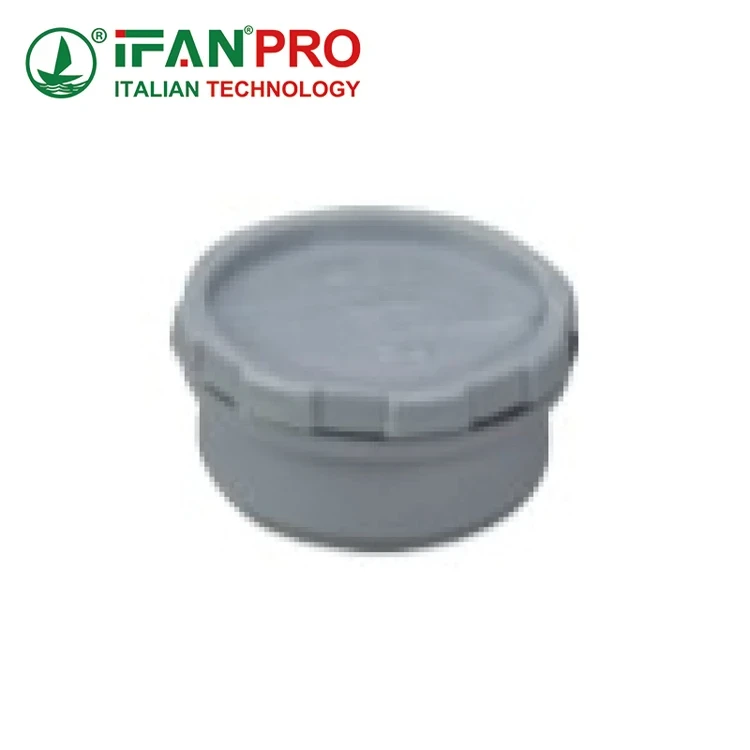
How to Choose and Use a PVC End Cap With Threaded Hole?
A client once had a major leak because a cheap end cap cracked under pressure. This taught me that even the smallest fittings demand the

How Do You Distinguish the Quality of a PPR Pipe and Fitting?
As a supplier, I see clients struggle to spot the difference between good and bad PPR. One wrong choice can lead to a failed plumbing

What Are The Advantages Of Using PPR End Cap?
I once saw a metal end cap fail, flooding a basement. That moment proved how critical a simple fitting can be. In my work with

The Ultimate Guide to PPR End Caps for Plumbing Systems
I once saw a major plumbing test fail because of a single, poorly made end cap that burst under pressure. That small, inexpensive part halted
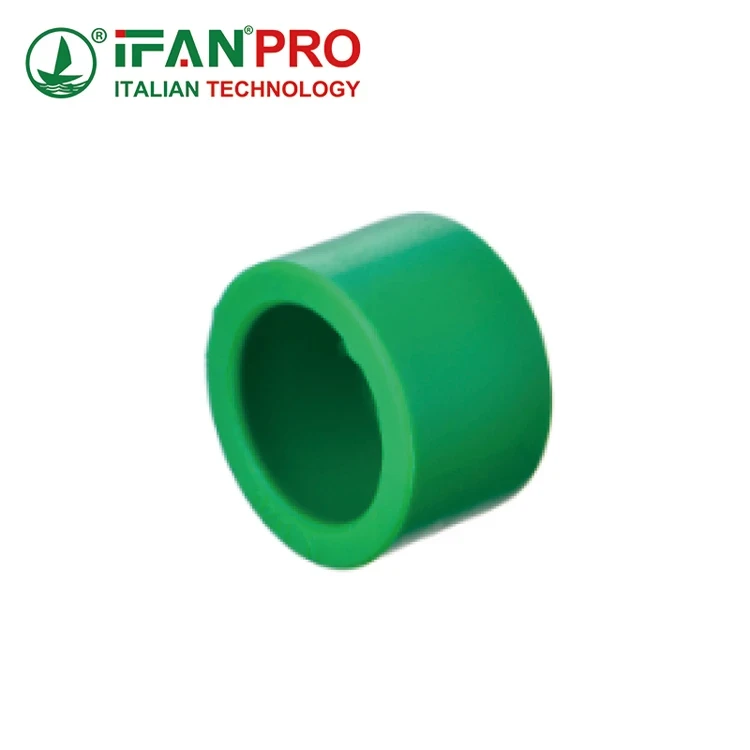
PPR End Caps: Uses, Applications, and More
I once had a client call me in a panic because a pipe left open during a renovation flooded a wall. This simple oversight showed

Durable PPR End Caps for Secure Pipe Sealing
I once had a client whose system failed because a cheap, mismatched end cap cracked under pressure. That moment taught me that even the smallest

